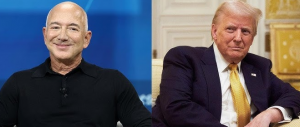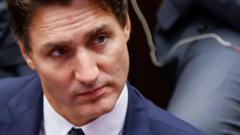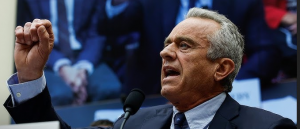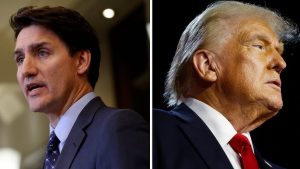Despite public polls suggesting Kamala Harris was leading against Donald Trump, internal campaign data painted a different picture, leading to unexpected election outcomes. Leadership reflects on the tight race and the challenges faced.
Discrepancies Between Polls and Reality: Insights from the Harris Campaign

Discrepancies Between Polls and Reality: Insights from the Harris Campaign
In the wake of the recent elections, Kamala Harris's campaign reveals the disconnect between public polling and internal data, shedding light on electoral dynamics.
As the recent elections draw to a close, the leadership team behind Kamala Harris's campaign is providing insights into the stark contrast between pre-election public opinion polling and the campaign's internal assessments. Despite numerous public polls indicating a slight edge for Harris over former President Donald Trump in the days leading up to the election, internal figures revealed a much more competitive environment.
David Plouffe, a senior adviser for the Harris campaign, shared his perspective on the Pod Save America podcast, asserting that their private polling consistently indicated a much tighter race than what was reflected in public surveys. "We didn’t get the breaks we needed on Election Day,” remarked Plouffe, acknowledging that they never saw themselves ahead of Trump according to their internal assessments. "It surprised people, particularly with the public polls from late September and October suggesting leads we did not experience."
The gap between external interpretations and internal realities posed ongoing difficulties for Harris's team. Jen O'Malley Dillon, campaign manager, noted the static nature of their internal polling since Harris's entry into the race in July. "We believed it was a razor-thin race the entire time, with margins so close they were almost negligible," Dillon explained, reinforcing the campaign’s concern over the narrow potential for victory.
Team members recognized early warnings that shaped their electoral outlook. Both Quentin Fulks, the deputy campaign manager, and communications lead Stephanie Cutter pointed to problematic battlegrounds such as Florida and Virginia. Their evaluations indicated that Florida's Republican wave and a closer-than-expected contest in Virginia underscored significant hurdles in crucial regions.
While public sentiment seemed to favor Harris during her late summer campaign surge, Plouffe cautioned that this external optimism did not reflect the team's internal assessments. "It created a false sense of security," stated a campaign strategist, emphasizing how media narratives around public polling inflated expectations while masking inherent challenges in Republican strongholds.
In hindsight, the leadership of the Harris campaign views the electoral contest with a sobering realization that the odds were stacked against them from the outset. Though Harris's candidacy initially galvanized Democratic supporters, insiders concede that formidable obstacles hindered any realistic path to victory. Dillon encapsulated their outlook: "We entered knowing it would be a fierce battle, and sadly, the margins just weren't in our favor."




















